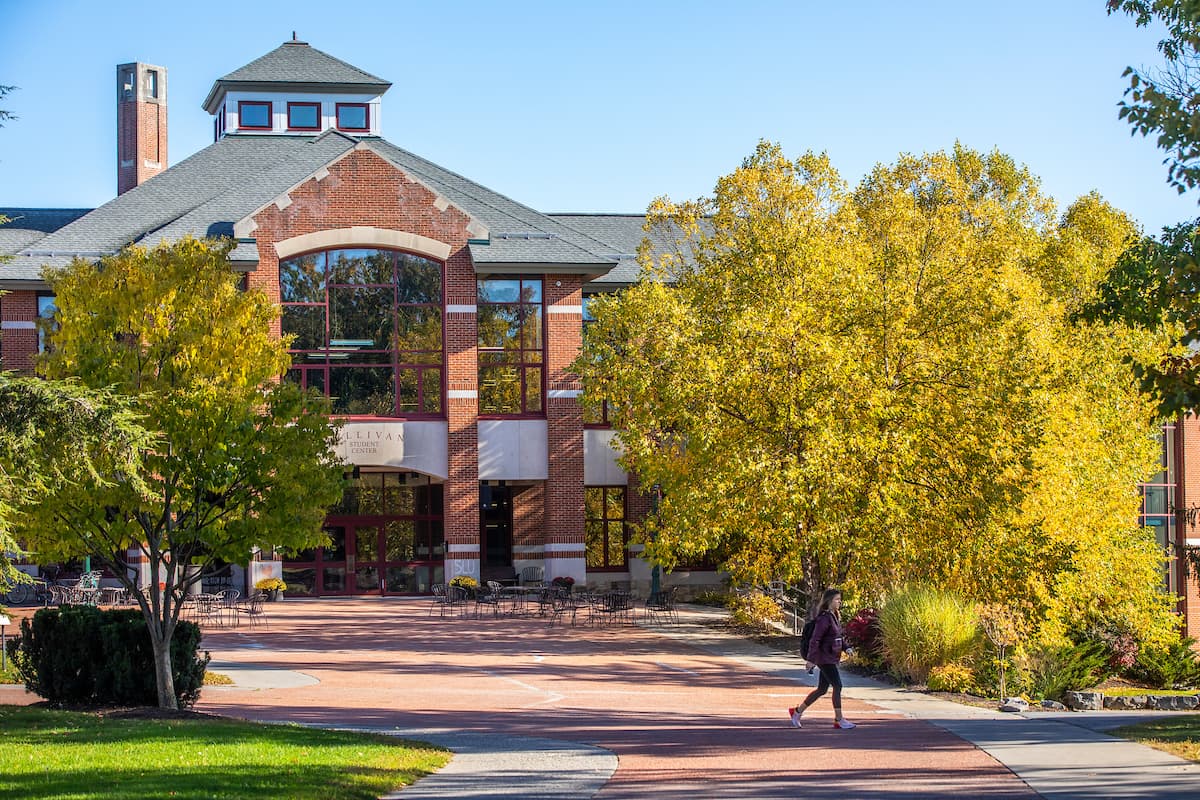St. Lawrence University’s comprehensive fee is rising 3.5 percent for 2019-20. President Fox and the Board of Trustees announced this increase last week, stating it is “in line with the same rate of growth as the last five years.”
Tuition, room and board for 2018-19 is $68,980. Next academic year, tuition will be $71,395, an increase of $2,415. “The members of the Board of Trustees and I believe that the experience your child has at St. Lawrence is worth the resources,” President William Fox said in a letter that went home to families last week.
Vice President for Finance and Administration, Stephen Hietsch, says the increase will not directly fund any new initiatives. “About 60 percent of our operating expenses go for salaries and benefits for faculty and staff,” Hietsch says. “The costs of salaries and benefits increase each year.” Hietsch adds that the University raises salaries and benefits in order to attract and maintain talented faculty and staff.
About 72 percent of St. Lawrence’s operating budget comes from tuition and fees. As a result, “there are limited alternatives to increasing tuition and fees when operating expenses increase,” according to Heistsch. Heistsch also states that one goal is to keep annual increases lower than other schools. The Campaign for Every Laurentian, launched this fall, was begun with the goal of raising revenue for the university in ways other than tuition increase. Previously, some staff positions have been eliminated as a way to hold down costs.
Students are concerned about affordability. While financial aid expenditures are increased each year, individual student packages generally remain the same throughout all four years. This makes the tuition increase frustrating for many.
“The reason I go here is the financial aid,” says Liza Boscow ’21. “I’m keeping my grades up for scholarships and they’re not going up, but the cost is.” Zach Effman ’22 agrees. “I came here because this school gave me the most scholarship money and the increasing price takes away from the attractiveness of St. Lawrence to other students.”
Despite annual tuition increases, students report that they are not seeing many changes on campus. “The quality of food is not going up,” according to Lyndsey Slavik ’21. “Dean is collapsing.” There have also been fewer students accepted into study abroad this fall.
Class sizes at SLU have also been increasing. According to a university press release last fall, the class of 2022 was one of the biggest ever. The same was said about the class of 2021 in 2017. “If they’re accepting more kids, why do they need us to pay more?” Slavik asks.
Applications for the class of 2023 are already at an all-time high for the University, with more than 6,900, according to President Fox’s report on the Board of Trustees winter meeting.
Maggie Evans ’21 agrees. “There’s not even enough places for us to live,” she says. Students think many sophomores this year have been placed in freshman dorms due to the lack of space in upperclassmen housing.
Heistsch sees two solutions to the increasing costs at SLU-increasing alternative revenue or decreasing other expenses. “Unfortunately, circumstances make this very complicated,” he said. “Expenses are driven by student expectations and competition with other institutions to meet them.”
The rising cost of college is not unique to St. Lawrence. USA Today reports that in the last 10 years, tuition costs have gone up $7,000, which is increasing at a rate 3 percent greater than inflation.
The most expensive colleges cost around $70,000. Even after college, students continue to struggle with debt. As of June 2018, student debt in the United States was $1.5 trillion.



